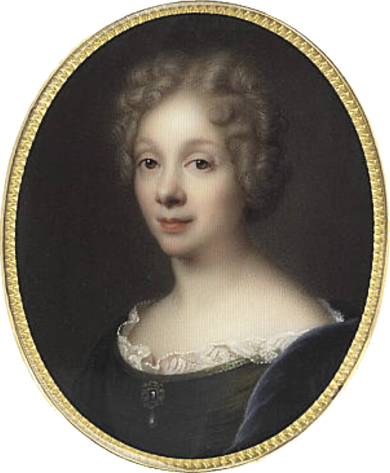One of the first woman that decided to translate Homer is Madame Dacier[1], she translated the Odyssey in 1716. She was brought up in the same way as her brothers because her father refused to follow the conventions of the time. She learned Greek and Latin at an early age. In 1672, she went to Paris and worked for a publisher who edited Latin classics. She was the only female employee and started her career as a translator by translating several Greek and Latin works such as Plautus and Terence. In 1683, she married André Dacier and was forced to change her religion because of the tensions between Christians and Protestants. She then became a Catholic and at the same time began a translation of the Iliad and the Odyssey.
We can see here the complete translation of Madame Dacier.
Source: Internet Archive.
As we already know, it is a huge task and a lot of work to translate works like these, so it will take her almost fifteen years to finish her translations. His translations were to be a huge success all over Europe. Later, a poet, Antoine Houdar de la Motte, wanted to translate Homer, but being limited in Greek, he relied on Anne Dacier’s translation, which was very common at the time because many translations were made from the translated texts and few from the original. Thus, we can consider that Madame Dacier’s translation is necessarily more faithful than that of Antoine Houdar de la Motte, because we can suppose that with each translation made on the translation of another translation, many elements are removed, many are added, and the fidelity of the text moves away. La Motte will write an edition with a violent criticism of Homer and his literary qualities, in which Anne Dacier defends the legendary poet. They then started a war called Querelle d’Homère.

In 1716, this quarrel ended and the two authors made peace. Anne Dacier’s translation was also used in the translation of Alexander Pope’s, who had a basic knowledge of French and was able to use it to perfect his translation. The English poet also used George Chapman’s very famous translation. She wanted to awaken the beauty of Homer’s poetry that she also thinks pure and true. She feels compelled to make this translation after the one of Père La Valterie, which is considered as a very bad translation. Having some experience after her first works[2] of Anacreon, Aristophanes, Marcus Aurelius and Plutarch, she provides a lot of work to carry out these translations. She wanted to offer a translation that is accessible to all, even to an audience that no longer reads Greek either from the point of view of the language but also from the point of view of the authors. Homer being much less read at this time, she wished to put forward the prince of poets. The main conviction of Anne Dacier is to realize an aesthetic of the translation, which means preserving the original text while giving beauty to the new language. She refused to translate into verses, and used the Greek text because she perfectly mastered the language. She also knows how to respect the aesthetic code of her time, an essential quality to have her translation read. She can be considered as a defender of the text and translation. Indeed, inspired by the text of Anne Dacier, the poet Antoine Houdar de La Motte will propose an Iliad in twelve songs completely revisited. She will come into a conflict with him, against the work that the poet proposed. She indeed qualifies her work as “attacks”.
[1] A French writer born in 1645 and died in 1720.
[2] Madame Dacier, de la traduction d’Homère à la défense d’Homère, Eliane Itti.